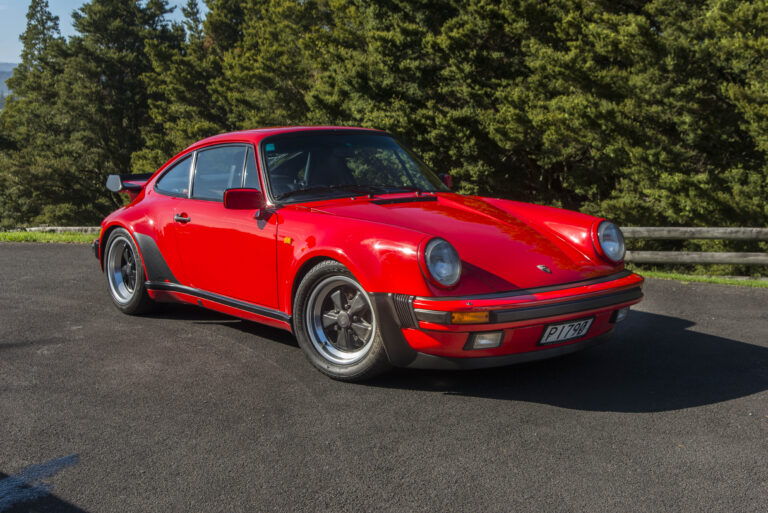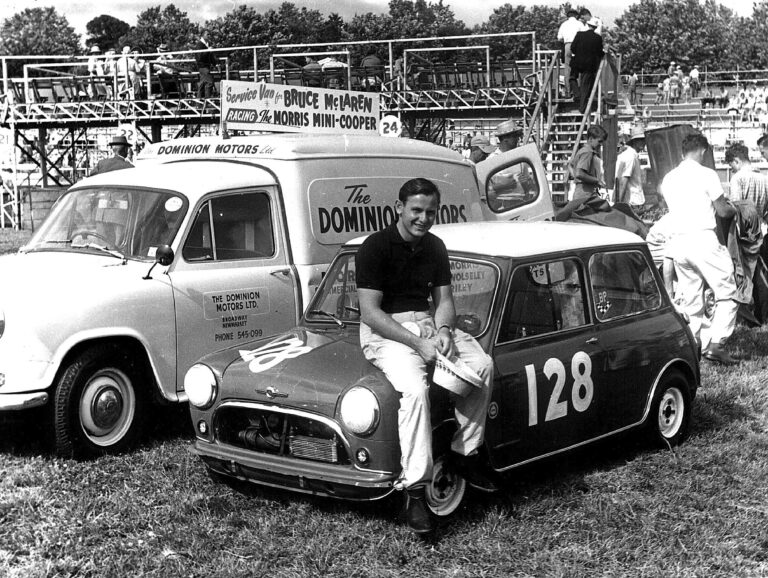It was at the first New Zealand Drag Nationals at Kopuka on a dry summer’s day in 1967, where Bob Rossiter’s ‘Pirate’ dragster faced off against the team of Lucas and Saunders in their matching flathead-powered rail job called ‘77 Sunset Strip.’

The Pirate, running on an exotic homemade brew of sodium peroxide, nitromethane, and magnesium sulphide, sat on the start line spitting flames of multicoloured gas out of the weed burners. Neither pilot would inch forward to stage, with some saying it was the longest pre-stage driver psych-out in drag-racing history. But then, just before there was a full meltdown, they both pulled up to the start line and the starter excitedly leaped into the air and dropped his flag.
The cars left in a plume of tyre smoke, clutch dust, and black coal, and the capacity crowd all stood to see the two cars careen toward the finish in the midst of all the dust.
The Pirate won the day and Bob Rossiter was crowned New Zealand’s first National Top Eliminator. All these years later the Pirate (and Bob) still exist, and the rail is lovingly looked after by the good folk of the Southward Car Museum after it was purchased in 1968 by none other than Len Southward himself.

Fast forward a few decades or four and another famous drag racer/fabricator/hot-rod builder by the name of Graeme Berry steps in and does the impossible — he builds an exact model-car scale replica of the Pirate dragster, perfect in every single detail imaginable. This very model, donated to the Scroungers Car Club, will be going up for Auction at the 13th Annual Hot Rod Blowout on Sunday, March 29, 2015. If you want to own a piece of drag-racing and hot-rod history, bring your cheque book and get a bid in on this once-in-a-lifetime opportunity.


